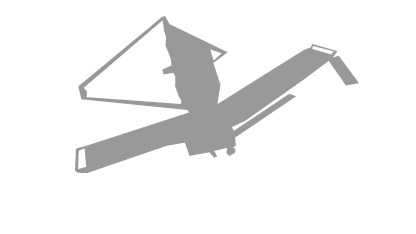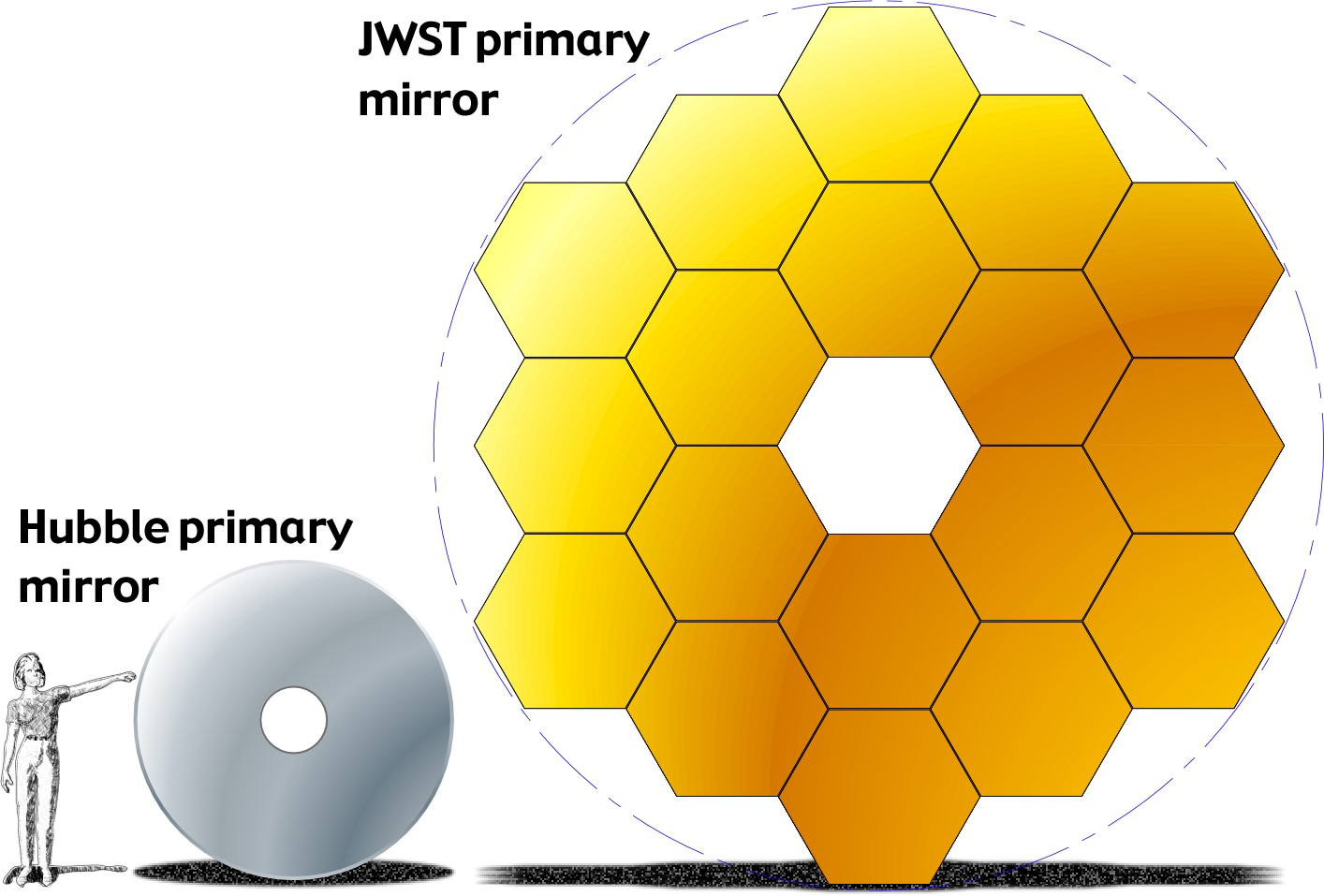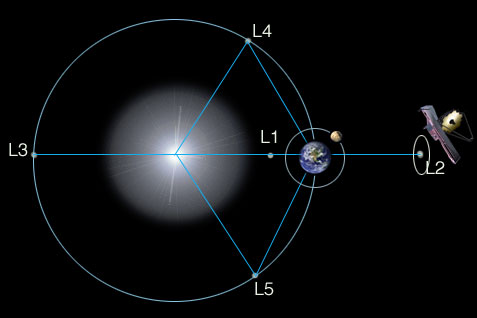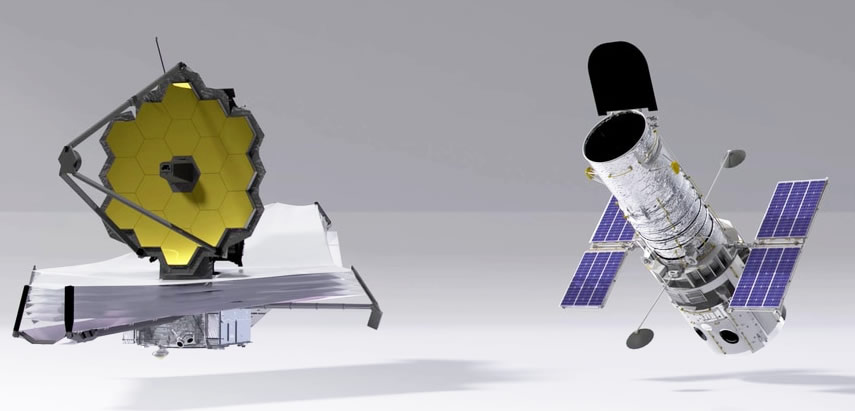Webb often gets called the replacement for Hubble, but we prefer to call it a successor. Hubble's science pushed us to look to longer wavelengths to "go beyond" what Hubble has already done.
Webb vs Hubble Telescope


Visible vs Infrared

Overview
Webb often gets called the replacement for Hubble, but we prefer to call it a successor. After all, Webb is the scientific successor to Hubble; its science goals were motivated by results from Hubble. Hubble's science pushed us to look to longer wavelengths to "go beyond" what Hubble has already done. In particular, more distant objects are more highly redshifted, and their light is pushed from the UV and optical into the near-infrared. Thus observations of these distant objects (like the first galaxies formed in the Universe, for example) requires an infrared telescope.
This is the other reason that Webb is not a replacement for Hubble; its capabilities are not identical. Webb will primarily look at the Universe in the infrared, while Hubble studies it primarily at optical and ultraviolet wavelengths (though it has some infrared capability). Webb also has a much bigger mirror than Hubble. This larger light collecting area means that Webb can peer farther back into time than Hubble is capable of doing. Hubble is in a very close orbit around the earth, while Webb will be 1.5 million kilometers (km) away at the second Lagrange (L2) point.
More Detail
Read on to explore some of the details of what these differences mean.
Wavelength

Webb will observe primarily in the infrared and will have four science instruments to capture images and spectra of astronomical objects. These instruments will provide wavelength coverage from 0.6 to 28 micrometers (or "microns"; 1 micron is 1.0 x 10-6 meters). The infrared part of the electromagnetic spectrum goes from about 0.75 microns to a few hundred microns. This means that Webb's instruments will work primarily in the infrared range of the electromagnetic spectrum, with some capability in the visible range (in particular in the red and up to the yellow part of the visible spectrum).
The instruments on Hubble can observe a small portion of the infrared spectrum from 0.8 to 2.5 microns, but its primary capabilities are in the ultra-violet and visible parts of the spectrum from 0.1 to 0.8 microns.

Why are infrared observations important to astronomy? Stars and planets that are just forming lie hidden behind cocoons of dust that absorb visible light. (The same is true for the very center of our galaxy.) However, infrared light emitted by these regions can penetrate this dusty shroud and reveal what is inside.
At left are infrared and visible light images from the Hubble Space Telescope of the Monkey Head Nebula, a star-forming region. A jet of material from a newly forming star is visible in one of the pillars, just above and left of centre in the right-hand image. Several galaxies are seen in the infrared view, much more distant than the columns of dust and gas.
Size Comparisons
Mirror Size

Sunshield Size

Orbit
The Earth is 150 million km from the Sun and the moon orbits the earth at a distance of approximately 384,500 km. The Hubble Space Telescope orbits around the Earth at an altitude of ~570 km above it. Webb will not actually orbit the Earth - instead it will sit at the Earth-Sun L2 Lagrange point, 1.5 million km away!


Because Hubble is in Earth orbit, it was able to be launched into space by the space shuttle. Webb will be launched on an Ariane 5 rocket and because it won't be in Earth orbit, it is not designed to be serviced by the space shuttle.

At the L2 point Webb's solar shield will block the light from the Sun, Earth, and Moon. This will help Webb stay cool, which is very important for an infrared telescope.
As the Earth orbits the Sun, Webb will orbit with it - but stay fixed in the same spot with relation to the Earth and the Sun, as shown in the diagram to the left. Actually, satellites orbit around the L2 point, as you can see in the diagram - they don't stay completely motionless at a fixed spot.
How Far Will Webb see?

Because of the time it takes light to travel, the farther away an object is, the farther back in time we are looking.
This illustration compares various telescopes and how far back they are able to see. Essentially, Hubble can see the equivalent of "toddler galaxies" and Webb Telescope will be able to see "baby galaxies". One reason Webb will be able to see the first galaxies is because it is an infrared telescope. The universe (and thus the galaxies in it) is expanding. When we talk about the most distant objects, Einstein's General Relativity actually comes into play. It tells us that the expansion of the universe means it is the space between objects that actually stretches, causing objects (galaxies) to move away from each other. Furthermore, any light in that space will also stretch, shifting that light's wavelength to longer wavelengths. This can make distant objects very dim (or invisible) at visible wavelengths of light, because that light reaches us as infrared light. Infrared telescopes, like Webb, are ideal for observing these early galaxies.
What About Herschel?

The Herschel Space Observatory was an infrared telescope built by the European Space Agency - it too orbited the L2 point (where Webb will be).
The primary difference between Webb and Herschel is wavelength range: Webb goes from 0.6 to 28.5 microns; Herschel went from 60 to 500 microns. Webb is also larger, with an approximately 6.5 meter mirror vs. Herschel's 3.5 meters.
The wavelength ranges were chosen by different science: Herschel looked for the extremes, the most actively star-forming galaxies, which emit most of their energy in the far-IR. Webb will find the first galaxies to form in the early universe, for which it needs extreme sensitivity in the near-IR.
At right is an infrared image of the Andromeda Galaxy (M31) taken by Herschel (orange) with an X-ray image from XMM-Newton superposed over it (blue).




